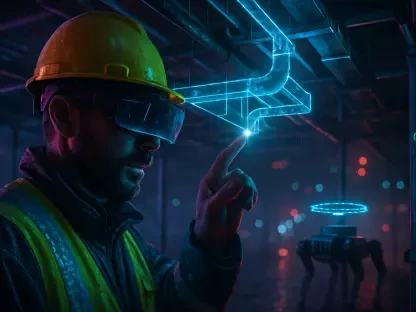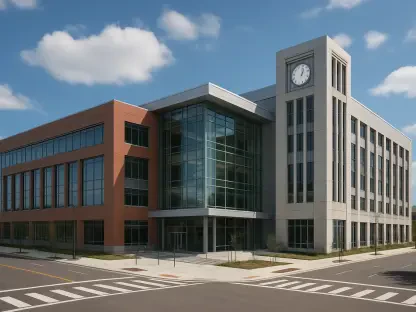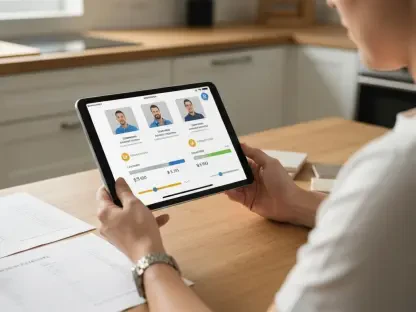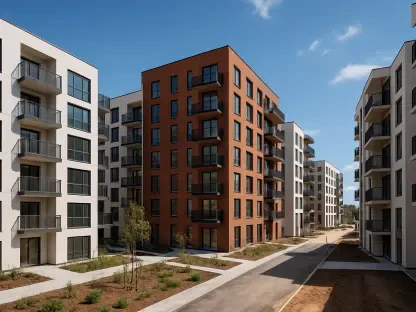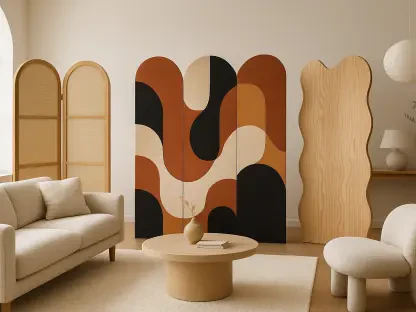Picture Eastbourne, a landscape where historic charm meets cutting-edge innovation. This fusion isn’t just an abstract idea; it’s becoming a tangible reality as Boutique Modern undertakes a transformative housing project. The initiative delivers 100 modular homes while reviving the treasured Victorian Pump House, a symbol of local heritage and innovation.
A Harmony Between Old Elegance and New Efficiency
As cities grapple with housing shortfalls and heritage preservation, Eastbourne emerges with solutions that not only meet demands but exceed expectations. The scarcity of affordable housing combined with heritage conservation challenges pushes urban planners to rethink development strategies. At Eastbourne, these pressing needs catalyze forward-thinking plans that integrate sustainable modern construction techniques within a historic landscape, showcasing a model for cities worldwide.
Boutique Modern’s Groundbreaking Venture
Boutique Modern has embarked on an ambitious project, setting a precedent in modular housing development. The goal is to blend modernity with historical aesthetics by constructing 100 modular homes and refurbishing the Victorian Pump House, a Grade II listed monument from the 1880s. Through careful planning, 59 houses and 41 apartments are proposed, with 20 shared ownership options and the rest set for affordable rent. Cutting-edge energy-efficient technologies, such as solar panels and air source heat pumps, will ensure an EPC A rating across the new developments. This illustrates a step forward in balancing affordability and sustainability.
Community Perspectives and Expert Opinions
Eastbourne Borough Council, notably led by Councillor Peter Diplock, reveals the project’s impact on local communities. Diplock regards the venture as a pivotal moment for Eastbourne, enhanced through collaboration and commitment. Housing experts contribute by applauding the seamless merging of innovation with heritage conservation, offering insights on how collaborative strategies can be pivotal for urban revitalization.
Lessons from Eastbourne’s Development Model
The Eastbourne project presents invaluable lessons for future endeavors in urban design. Integrating modern elements with historic structures requires strategic planning and a commitment to maintaining affordability and leveraging energy efficiency. By adopting these methods, other regions can emulate forward-thinking initiatives, contributing to sustainable urban habitation while preserving historical integrity.
Future Pathways for Urban Design
Reflecting on this venture’s successes, the framework established offers profound insights for future developments. Historic buildings can be revitalized with contemporary efficiencies through adept collaboration and thoughtful engineering. Sustainable urban planning has now become more inclusive, paving the way for similar projects worldwide, positioning Eastbourne’s model as an inspiring benchmark for holistic community-centric development strategies.



